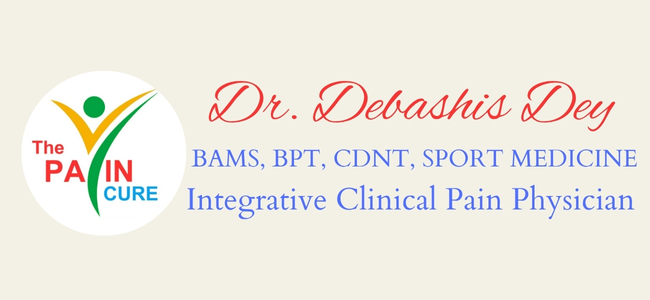DRY NEEDLING
Dry needling is a therapeutic technique used by healthcare professionals, such as physical therapists, to treat muscular pain and dysfunction. It involves the insertion of thin, solid needles (similar to acupuncture needles) into specific trigger points in muscles, fascia, or soft tissues. Unlike acupuncture, which is rooted in traditional Chinese medicine and focuses on balancing the body’s energy flow, dry needling is primarily based on Western medicine principles and targets musculoskeletal issues.
How Dry Needling Works
Assessment: The practitioner first evaluates the patient’s musculoskeletal condition and identifies trigger points in muscles that are associated with pain, tightness, or dysfunction.
Needle Insertion: The practitioner inserts a thin needle directly into the trigger point, which is often a taut band of muscle fibers. The term “dry” needling is used because no medication or solution is injected through the needle.
Stimulation: The needle is sometimes manipulated or moved within the trigger point to elicit a response, such as a local twitch response. This twitch response is often seen as a sign that the needle has reached the targeted area.
Release and Relief: Dry needling is believed to help release muscle knots, improve blood flow, and reduce muscle tension. This can lead to pain relief and improved function in the treated area.

Benefits of Dry Needling Include:
Pain Relief: It is commonly used to alleviate pain and discomfort associated with muscle tension, myofascial pain syndrome, and musculoskeletal conditions.
Improved Range of Motion: Dry needling may help increase joint mobility and muscle flexibility.
Enhanced Healing: By improving blood flow to the treated area, it is believed to promote healing and tissue repair.
Reduced Muscle Spasms: The technique can be effective in reducing muscle spasms and tightness.
Improved Function: Dry needling can lead to improved muscle function, which is particularly beneficial for athletes and individuals recovering from injuries.

It’s important to undergo dry needling from a qualified and trained practitioner, such as a physical therapist or a healthcare provider with specific training in this technique, as there are potential risks and contraindications associated with the procedure. The effectiveness of dry needling can vary from person to person, and its use should be determined based on an individual’s specific condition and needs.
